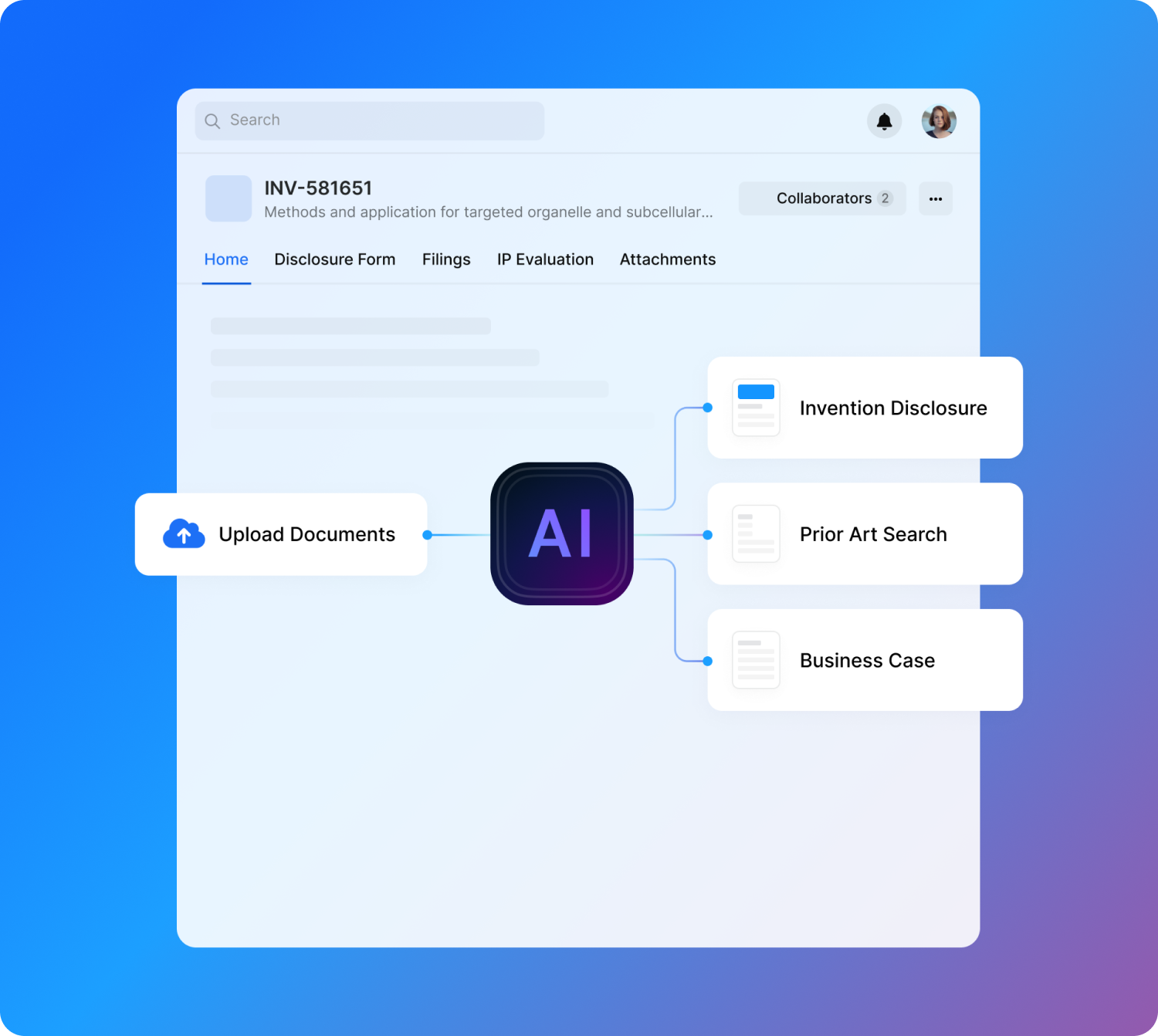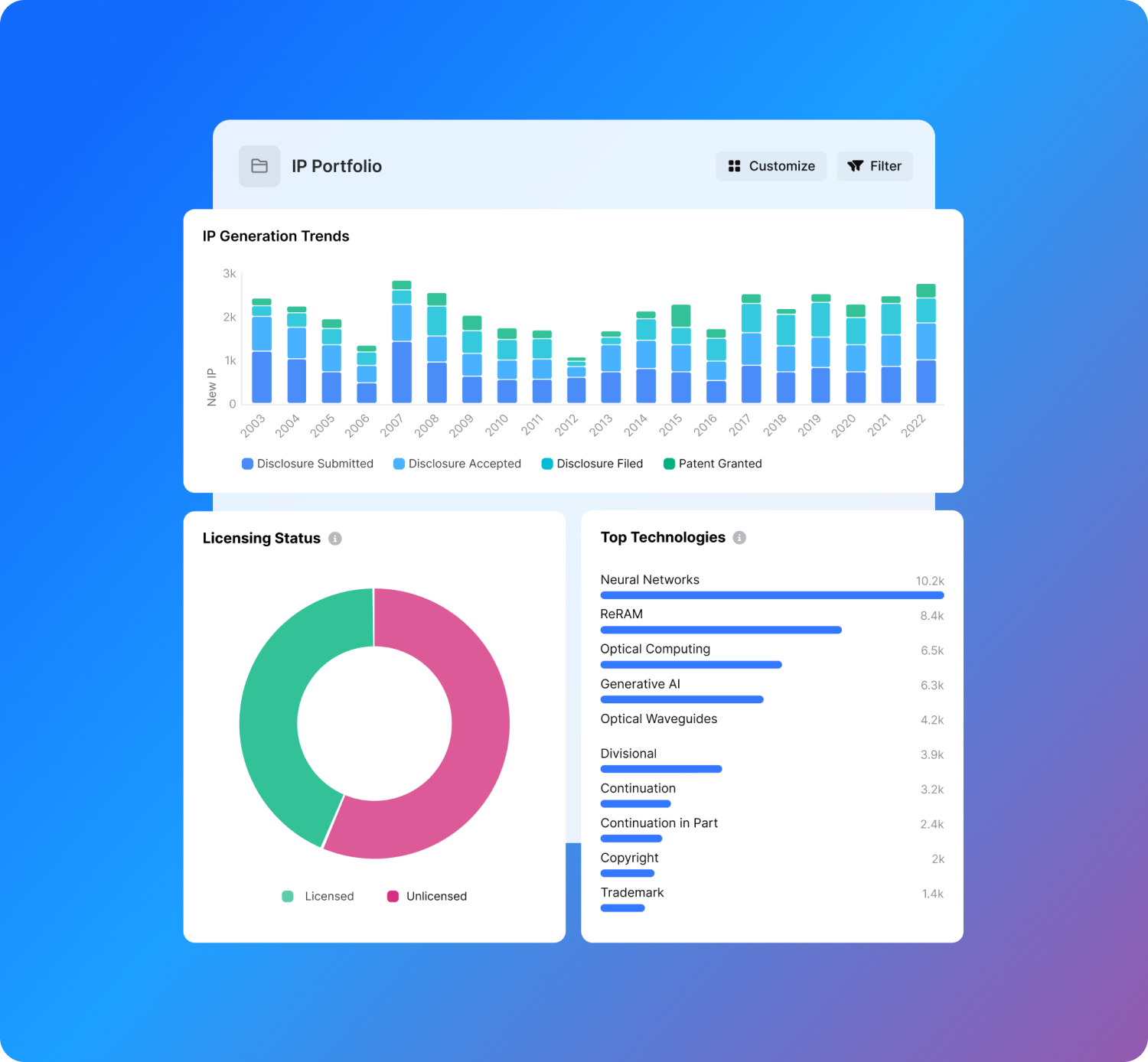What IP teams need to know
AI patent drafting, enabled by recent breakthroughs in large language models (LLMs), poses an exciting new possibility for IP teams. Here’s what they should know when considering AI patent drafting.

The potential and the appeal behind AI patent drafting
LLMs have opened the door to AI patent drafting being a reality
While previous legal software often over-promised and under-delivered, the current generation of legal AI is based on a genuine technical breakthrough. What’s more, this leap has taken place in the very area where the legal tech of yesterday fell short: the ability to “read” and “understand” text, its context, and relevance, while also being built on modern, flexible IT architectures. Literacy is an essential feature for any legal software tool to add value to the IP process. AI today achieves that feat on a massive scale — Open AI’s GPT is trained on nearly the entire internet. And purpose-built AI systems designed to perform specific tasks like speeding drug discovery or credit card fraud detection can reach a level of comprehension that far exceeds ChatGPT.
Why AI patent drafting is an enticing opportunity for IP teams
Despite a brighter economic outlook for businesses and increased patent filing in 2025, IP teams are still facing enormous cost pressures. This trend is likely to only continue — or even pick up — as AI changes expectations around how much companies can get out of their employees. Meanwhile, innovation complexity continues to surge with software becoming even further embedded in more and more products, the advent of AI-driven inventing, and the increasing strategic importance of trade secrets in addition to patents. It’s no wonder that most IP teams are now actively experimenting with AI solutions for discrete IP tasks like prior art search, evidence of use analysis, or patent drafting. Patent drafting is the most visible task in the IP lifecycle, so it makes sense that it’s the AI use case that’s generating the most hype.
The IP tasks AI is proven in now outweigh AI patent drafting in ROI
Tradespace offers IP teams a smart alternative to AI patent drafting
Tradespace is an AI-backed, enterprise-grade, end-to-end IP platform that doesn’t merely speed up execution, but improves outcomes as well. By using all the available information to steer users directly to a conclusion, it drives metrics for higher-level workstreams like:
Disclosures created
with our Inventor Portal that cuts the disclosure submission process down to minutes for inventors, leaving IP teams with rich ready-to-read disclosures
Licensing campaigns completed
with complete AI-crafted campaigns, from marketing materials to contact information, for underutilized IP and unexpected use cases






